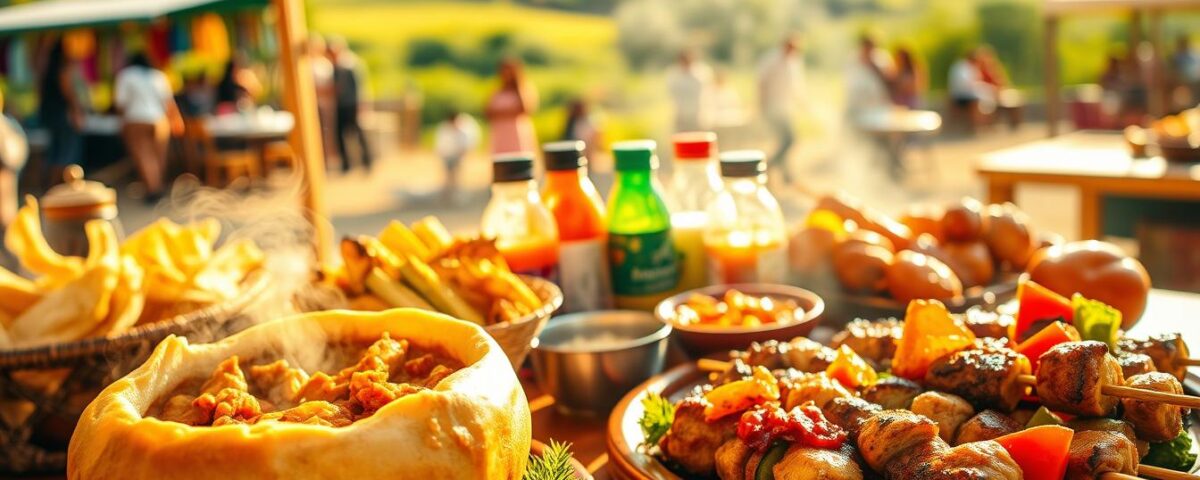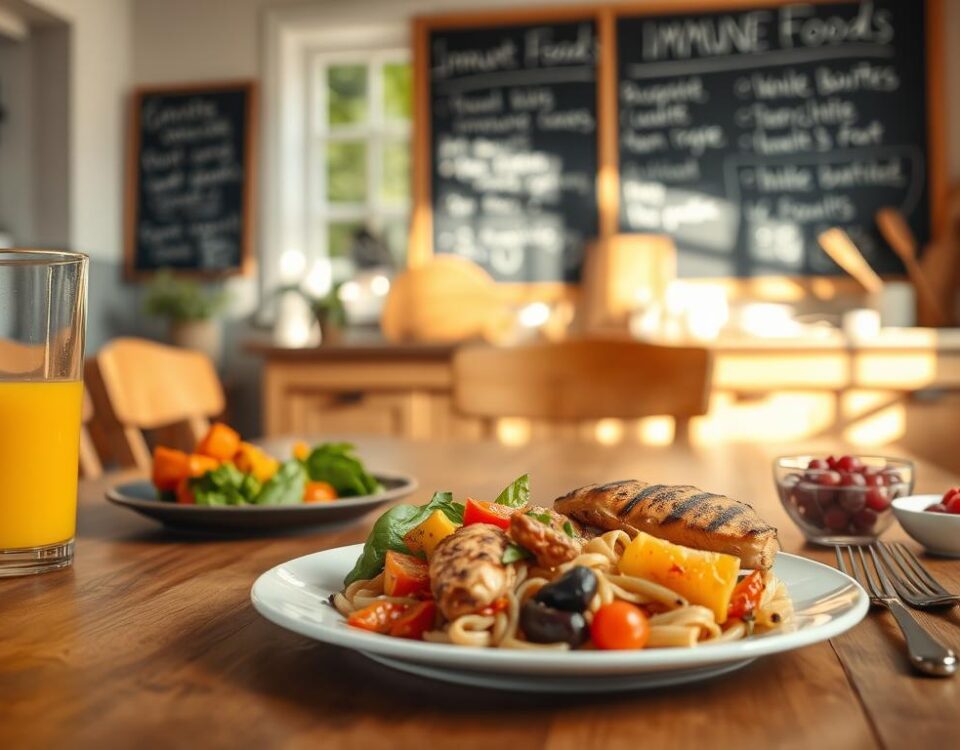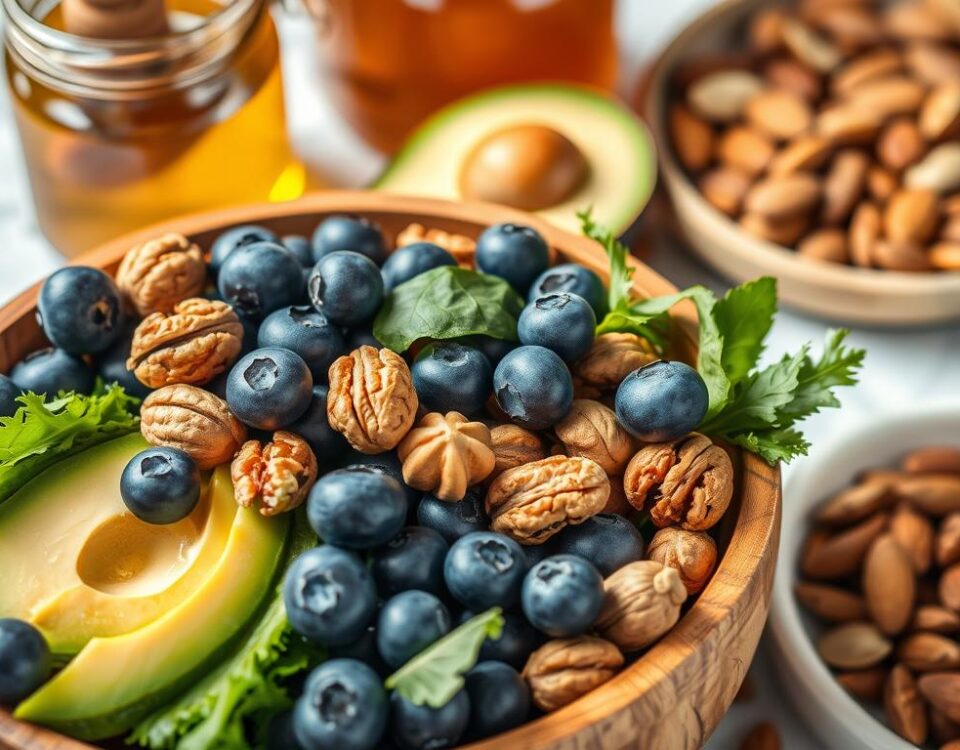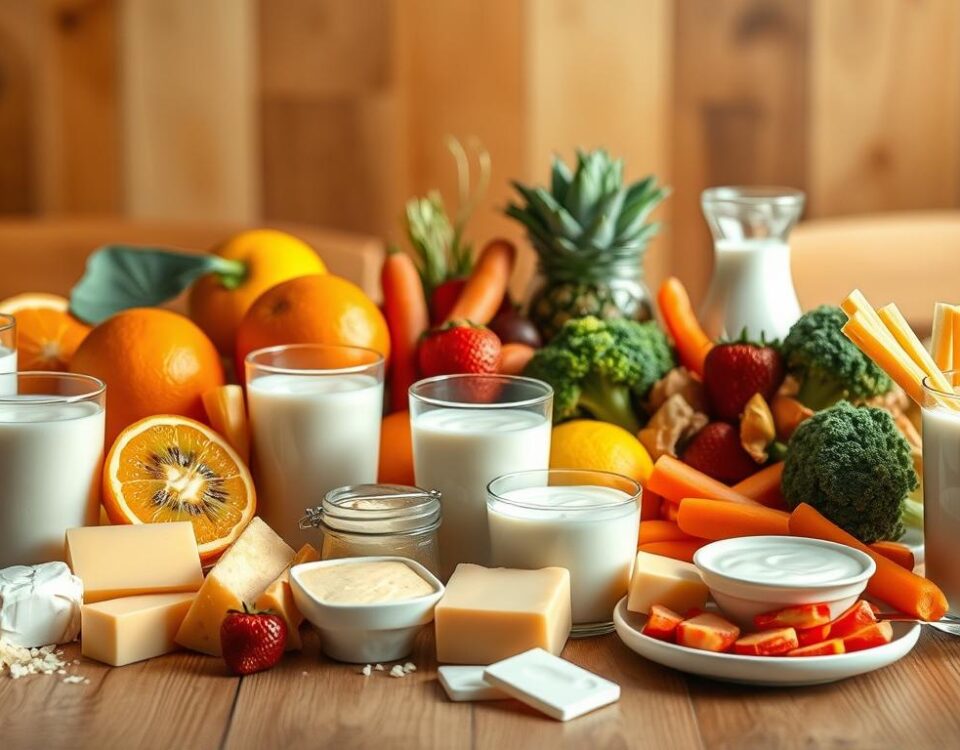
The Best of Indonesian Cuisine: Satay, Nasi Goreng, and Sambal
May 1, 2025
Jamaican Vibes: How to Make Jerk Chicken and Coconut Rice
May 2, 2025I’ll never forget the first time I tasted Bunny Chow. Sitting at a bustling market in Durban, the aroma of curry spices and freshly baked bread wrapped around me like a warm hug. That first bite—tender meat simmered in golden turmeric, paired with pillowy bread—felt like discovering a secret language of comfort. It wasn’t just a meal; it was a story of resilience, community, and joy passed down through generations.
Years later, I found myself at a friend’s backyard braai—South Africa’s answer to the barbecue. The sizzle of boerewors (a coiled sausage bursting with coriander and cloves) mingled with laughter as strangers became friends over shared plates. These moments taught me that food here isn’t just eaten—it’s celebrated. Every dish carries whispers of Dutch settlers, Indian laborers, and indigenous tribes, blending into something uniquely vibrant.
In this guide, I’ll show you how to recreate that magic at home. We’ll focus on authentic techniques—like slow-curing meats for depth of flavor and balancing heat with sweetness in sauces. Whether you’re craving the carb-loaded bliss of Bunny Chow or the smoky perfection of a proper braai, these recipes are your passport to a culinary adventure that’s as soulful as it is delicious.
Key Takeaways
- Bunny Chow and braai are iconic dishes reflecting the nation’s diverse cultural roots
- Quality meat and aromatic spices form the foundation of authentic preparation
- Traditional cooking methods enhance depth of flavor in every bite
- Recipes prioritize accessibility without sacrificing cultural significance
- Historical influences shape modern interpretations of classic meals
Introduction to the South African Culinary Journey
Exploring this cuisine feels like decoding a delicious mystery. Each bite tells stories of crossroads cultures and shared tables.
My Personal Connection to South African Cuisine
My journey began in a cramped apartment kitchen, chasing the scent of toasted coriander drifting from a neighbor’s pot. One taste of their lentil curry—bright with ginger and warming paprika—hooked me. I spent months dissecting chakalaka recipes, marveling at how a simple relish of beans and peppers could carry such fiery personality.
What started as curiosity became obsession. I’d hunt down dense bread loaves to hollow out for Bunny Chow, my hands sticky with turmeric-stained broth. Friends teased me about my “spice drawer archaeology,” but each failed attempt taught me more than any cookbook. These dishes aren’t just meals—they’re edible history lessons.
Through trial and error, I discovered the magic of balancing heat with sweetness in curry bases, and why letting meat marinate overnight transforms braai into something transcendent. My kitchen became a lab for honoring tradition while playing with modern twists—like adding kale to chakalaka for crunch.
In the following sections, I’ll share not just recipes, but the stories behind them. You’ll learn how generations perfected these flavors, and how to weave that legacy into your own cooking adventures.
Cultural Roots and History of South African Cuisine
History isn’t just in books—it simmers in pots of bobotie and perfumes the air with turmeric and cinnamon. To understand these dishes is to trace the journeys of enslaved people, traders, and families who turned scarcity into artistry. One bite reveals how cultures collided, adapted, and created something entirely new.

Influences from the Cape Malay Community
The Cape Malay community brought a gift that changed local cooking forever: layered spice blends. I learned this watching a grandmother grind cardamom for her denningvleis—a sweet-sour beef stew simmered for hours. “Time is the secret ingredient,” she told me, stirring a pot that had seen three generations.
Their culinary legacy lives in dishes like bobotie, where milk-soaked bread softens spiced minced meat. I’ve tasted versions where cinnamon whispers alongside apricot jam—a balance only mastered through family trial and error.
Generational Traditions and Authentic Techniques
True authenticity isn’t found in recipes, but in rhythms passed hand to hand. I once asked a butcher why his beef droewors (dried sausage) tasted earthier than others. He smiled: “My grandfather taught me to cure meat when rain clouds gather—the air’s different then.”
These traditions thrive in sauce preparations too. A neighbor’s tamarind glaze takes two days to reduce, caramelizing into a tangy ribbon that clings to meat. “Hurry ruins flavor,” she warned, echoing what her mother taught her. Every simmering pot becomes a classroom.
South african flavor recipes
The secret to unforgettable meals lies in the alchemy of simple, quality components. I learned this peeling mountains of onions for my first proper curry—each layer revealing how humble items become flavor superheroes.
Key Ingredients in Authentic Dishes
Three elements form the backbone of these vibrant meals. Onions work overtime—caramelized into golden sweetness or raw for sharp contrast. A splash of vinegar cuts through rich meats, like in pickled fish recipes passed down coastal towns.
| Ingredient | Role | Example Use |
|---|---|---|
| Seasonal Fruit | Balances heat | Apricot in bobotie |
| Cider Vinegar | Tenderizes meat | Braai marinades |
| Sweet Onions | Aromatic base | Chakalaka relish |
Signature Spices and Their Stories
My spice rack tells tales of trade routes and family kitchens. Coriander seeds toasted with cloves create warmth in boerewors sausage. “Turmeric isn’t just color—it’s sunshine in powder form,” a Durban chef once told me while stirring curry.
Paprika’s smoky kiss transforms basic stews into complex meals. I source whole spices from international markets, grinding them fresh for maximum aroma. This small step makes dishes sing with authenticity.
Bunny Chow: A Flavorful Culinary Adventure
There’s a magic in tearing into crusty bread to reveal steaming curry beneath—a tactile joy that defines this traditional south african staple. My first attempt ended with broth leaking through soggy bread, but practice taught me the art of hollowing loaves while keeping walls sturdy enough to hold rich fillings.

Step-by-Step Bunny Chow Recipe
- Carve a fresh loaf (500g), reserving the soft center for dipping
- Sear lamb shoulder cubes in ginger-garlic paste until golden
- Stir in cape malay curry powder, tomatoes, and potatoes
- Simmer 90 minutes until meat shreds easily
- Fill bread bowls, top with pickled carrots
Personal Tips for a Perfect Bunny Chow
Choose bread with a tight crumb—sourdough works wonders. For depth, bloom spices in oil before adding meat. “Curry should stain your spoon,” a Durban chef once told me while testing viscosity.
| Element | Pro Tip | Why It Matters |
|---|---|---|
| Bread | Toast hollowed loaf | Prevents sogginess |
| Potatoes | Parboil first | Maintains texture |
| Garnish | Fresh coriander | Brightens rich flavors |
Pair with yellow rice tinted with turmeric for color contrast. End with milk tart—its creamy cinnamon finish balances the curry’s heat. These combinations mirror the cape malay knack for balancing bold flavors.
Braai: Embracing the South African Grilling Tradition
The crackle of glowing coals under a starry sky was my real introduction to braai. I’ll always remember the butcher who taught me to layer spices on boerewors—his hands moving like a conductor’s as he mixed coriander and curry powder. “Fire transforms meat,” he said, “but patience transforms a meal.”

Understanding the Cultural Importance
Braai isn’t cooking—it’s communion. At my first gathering with family friends, I watched strangers bond over turning sausages. Stories flowed as freely as the smoke, weaving connections between generations. This tradition roots itself in shared effort: someone tends flames while others prep vegetable relish or mix marinades.
Grilling Techniques and Best Practices
Mastering braai means respecting heat’s rhythm. For juicy boerewors, I use indirect heat—coals banked to one side. Spices shine when applied early: rub curry powder blends onto meat hours before grilling. My go-to balance? A sweet savory glaze with apricot and chili.
| Technique | Purpose | Example |
|---|---|---|
| Two-Zone Fire | Control cooking speed | Perfect for droewors |
| Wood Chips | Smoke infusion | Mopani for earthy notes |
| Resting Time | Juice retention | 5 minutes post-grill |
Don’t skip the vegetable relish—its tangy crunch cuts through rich meats. I jazz mine up with charred corn for sweet savory contrast. Remember, braai thrives on laughter as much as flames. As my butcher friend said: “Good company seasons every bite.”
Delicious Side Dishes to Complement Main Courses
I discovered the power of side dishes at a Johannesburg street stall, where a vendor handed me a foam plate piled with grilled meat and two humble companions. One bite of the zesty relish and pillowy bread transformed the meal into a symphony.

Chakalaka and Vetkoek: Dynamic Pairings
Chakalaka turns any plate into a party. My version combines grated carrots, onions, and chili simmered in tomato sauce—ready in 15 minutes. The magic? A splash of mango chutney adds fruity brightness that cuts through rich meats like bobotie.
For crunch-loving crowds, I fry vetkoek dough balls until golden. They’re perfect for scooping up leftovers or serving alongside stews. A local chef once told me: “Good vetkoek should whisper ‘one more bite’ even when you’re full.”
| Side Dish | Prep Time | Perfect Pair |
|---|---|---|
| Chakalaka | 20 minutes | Braised meats |
| Vetkoek | 30 minutes | Curries & stews |
Keep both dishes versatile. Swap vetkoek with store-bought rolls if time’s tight. For extra tang, stir apricot chutney into chakalaka. These sides prove that greatness often comes from the supporting cast.
Indulgent Desserts and Sweet Treats from South Africa
There’s a particular joy in serving malva pudding to friends—the way its caramelized top glistens under afternoon light. These sweets carry generations of stories in every bite, from the cinnamon-dusted milk tart at home gatherings to syrup-soaked malva shared over laughter.
Secrets Behind Milk Tart and Malva Pudding
Mastering milk tart starts with its wobbly custard. I learned to temper eggs slowly after curdling three batches. “The crust should crackle like autumn leaves,” a baker in Pretoria once advised me, dusting nutmeg over silken filling.
Malva pudding’s magic lies in timing. Pour hot apricot glaze over the sponge while still warm—it drinks the sweetness like parched earth. My neighbor adds ginger for warmth, a trick from her home kitchen during chilly winters.
| Dessert | Key Element | Pro Tip |
|---|---|---|
| Milk Tart | Cinnamon balance | Chill crust before baking |
| Malva Pudding | Caramelized glaze | Use orange zest in batter |
These treats often follow meals of lamb stew or chicken biryani, their richness contrasting savory mains. Last Christmas, I paired malva with cardamom rice pudding—a fusion that had friends begging for seconds. That’s the beauty of tradition: it leaves room for new memories.
Modern Takes on Traditional South African Dishes
My kitchen became a laboratory when I decided to reinvent bobotie for a weeknight dinner. Traditional methods often require hours, but swapping slow-cooked meat for spiced lentils cut prep time in half. This experiment taught me that honoring heritage doesn’t mean sacrificing convenience.
Adapting Classics for Home Kitchens
I’ve found pressure cookers work wonders for custard-based desserts. My 45-minute milk tart version retains silken texture by tempering eggs directly in the appliance. For sosaties, pre-marinated skewers from local markets offer authentic taste without the 24-hour wait.
| Traditional Method | Modern Hack | Time Saved |
|---|---|---|
| Oven-baked bobotie | Air fryer version | 60 minutes |
| Hand-rolled vetkoek | Pre-made dough balls | 25 minutes |
| Wood-fired braai | Smoker box for gas grills | Setup time halved |
Creative Twists on Bobotie and More
Last summer, I layered custard between phyllo sheets for a deconstructed milk tart—a hit at backyard gatherings. My sosaties now feature halloumi cubes alongside lamb, adding salty crunch that complements apricot glaze perfectly.
These adaptations prove tradition evolves through cooking creativity. As one chef friend told me: “The best version of any dish is the one that brings people together.” Whether it’s quick-fix dinner solutions or fusion flavors, modern tweaks keep cultural roots alive in every bite.
Conclusion
In my kitchen, the scent of toasted coriander bridges continents and generations. Each dish we’ve explored—from biltong’s smoky snap to chakalaka’s fiery crunch—carries stories older than recipe cards. This type of cuisine doesn’t just feed bodies; it connects people through shared pots and inherited techniques.
Whether preserving meats or balancing relish flavors, authenticity lives in the details. I’ve learned that a great type of meal isn’t about perfection, but intention. That first bite of homemade biltong, cured with patience, taught me more than any cookbook.
I invite you to relish the messiness of trying these traditions. Swap stories while shaping cuisine that honors its roots. Gather people around your version of a braai—there’s no wrong type of approach to this vibrant cooking style.
Thank you to the people—families, friends, and ancestors—who shaped these meals long before mine. Every spice blend, simmered stew, and slice of biltong invites us to keep exploring this cuisine. Trust me: your kitchen will smell incredible.
FAQ
What makes Bunny Chow different from other curries?
I love how Bunny Chow turns a simple curry into a portable meal by serving it in a hollowed-out loaf of bread. The bread soaks up the rich, spiced gravy, blending sweet and savory flavors in a way that feels uniquely comforting.
Can I substitute spices in traditional Cape Malay recipes?
While authentic dishes rely on spices like turmeric, coriander, and cumin, I’ve found that experimenting with smoked paprika or garam masala can add a fun twist. Just keep the balance of warmth and sweetness to honor the dish’s roots.
Why is Braai more than just a barbecue?
Braai is a social ritual here—it’s about gathering family and friends around the fire. I’ve learned that the slow grilling process and marinades, like those for sosaties (skewered meat), create deeper connections and flavors than a typical cookout.
What’s the secret to a creamy Milk Tart?
The key is patience! I let the custard thicken slowly on low heat and always add a hint of cinnamon. Using fresh milk and a buttery crust makes it irresistibly smooth, just like my grandmother’s version.
How do I balance flavors in Chakalaka?
Start with caramelized onions and tomatoes as the base, then layer in grated carrots, beans, and chili. I like adding a splash of vinegar for tanginess and a pinch of curry powder to tie the vegetable relish together.
Can I make Bobotie gluten-free?
Absolutely! I’ve swapped breadcrumbs for soaked gluten-free oats or crushed almonds. The dish still has that sweet-savory kick from apricot jam and curry, making it a crowd-pleaser even with dietary tweaks.
What’s the best meat for a Braai?
Lamb chops or boerewors (farmers’ sausage) are my go-to choices. The fat content keeps them juicy over the flames, and a marinade with garlic, rosemary, and Worcestershire sauce adds boldness without overpowering the meat.



